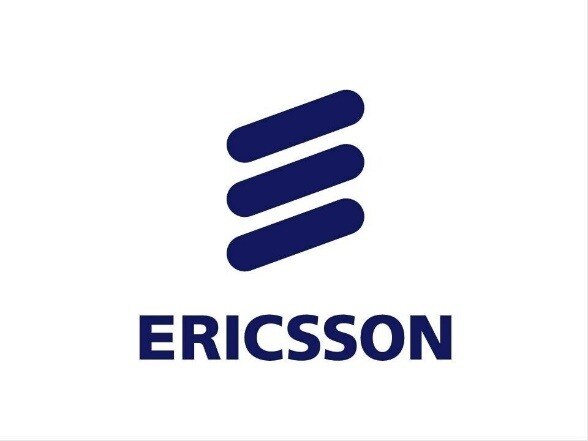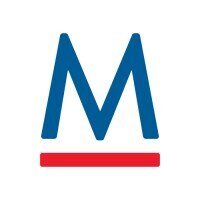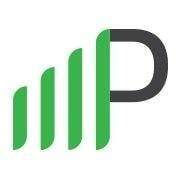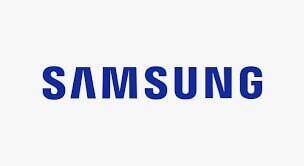Over the years, the telecommunications industry has experienced growing demand for a more open Radio Access Network (RAN) architecture that promotes interoperability between different vendor components. Vendors’ answer to this demand is the advent of End-to-End (E2E), cloud-native Open RAN solutions, which means mobile service providers no longer have to worry about vendor lock-in. While still in its infancy—accounting for just 6% to 8% of the total RAN market by the end of 2024—Open RAN holds immense potential, and huge vendor names are capitalizing on this. A recent ABI analysis indicates that 42% of the global RAN automation market will be tied to Open RAN deployments by 2029.
Open RAN is a core focus of ABI's telecommunications market research universe, analyzing key solution providers and making sense of the latest technology developments. Our analyst team recently ranked the top companies in this space.
By partnering with the Open RAN vendors on this list, service providers can leverage third-party hardware and software from a multitude of vendors to foster deployment flexibility.
Table of Contents
Ericsson

With more than 100,000 employees and doing business in 180+ countries, Ericsson is one of the biggest Open RAN infrastructure vendors in the world. The Swedish telecommunications company launched its Intelligent Automation Platform in 2021. The platform uses an open software development toolkit to enable rApps to develop for Communication Service Providers (CSPs) and third parties.
Ericsson was recently named ABI Research’s most sustainable telco, and the company helps its customers reduce their energy consumption. RAN Energy Control and RAN Energy Cockpit, two products developed in 2023, are designed to minimize telcos’ energy footprint through energy optimization.
Ericsson’s Cloud RAN offering, built on Google Distributed Cloud (GDC), is another standout Open RAN solution. Cloud RAN uses Artificial Intelligence (AI)/Machine Learning (ML) to enable service providers to integrate automation and orchestration. Cloud RAN has been an integral part of Open RAN Proofs of Concept (PoCs)/trials and testing. Ericsson won the largest Open RAN contract to date with AT&T, which will consist of a multi-year upgrade to Open RAN.
Mavenir

Based in Richardson, Texas, Mavenir provides telcos with an E2E cloud-native software solution for Open RAN. This virtual RAN (vRAN) microservices solution is fully compliant with the O-RAN Alliance and compatible with open interfaces. Cloud-nativity is a cornerstone of the company’s vision, and in early 2023, it was recognized as the best cloud-native solution at the Open RAN World Awards.
Notably, Mavenir’s open vRAN software supports more than 40,000 DISH Wireless radios across its 5G Open RAN network. The company is also highly regarded as a Research and Development (R&D) partner, with roughly 60% of its workforce supporting R&D projects. For example, the U.K. government awarded Mavenir with two 5G consortium projects as the region aims to expand its Open RAN capabilities.
Nokia

Nokia has been very active in the Open RAN space, with multiple PoCs, trials, and tests of innovative solutions. The Finnish telco infrastructure provider was the first leading RAN vendor to join the O-RAN Alliance in 2018, accounting for about 30% of all O-RAN Alliance-related activities between 2021 and 2023. Nokia is also a distinguished Open RAN vendor in that it develops energy-optimizing technologies, such as the ReefShark baseband and radio solutions.
To support CSPs’ cloud-based Open RAN, Nokia has strategic partnerships with all dominant cloud and Kubernetes platform providers, such as Amazon Web Services (AWS), Google Cloud, Microsoft, IBM, Red Hat, and VMware. Further, Nokia ensures interoperability through partnerships with independent hardware vendors like Intel, Marvell, and AMD. These partnerships help Nokia possess a geographically diverse customer base, with North America being the company’s largest market (35% of business).
Parallel Wireless

Nashua, New Hampshire-based mobile vendor Parallel Wireless supports operators with automating radio and network optimization through its Open RAN Intelligent Controller (RIC). The company’s Open RAN portfolio encompasses E2E, cloud-native network deployments for both macro and small cell situations. Parallel Wireless has been busy in recent years, conducting a number of trials with CSPs, mobile vendors, and chipset vendors to test interoperability of its O-RAN Alliance-compliant products.
In 2023, the company teamed up with multiple telcos to test its Open RAN technology in Bulgaria and Turkey. Key partners of Parallel Wireless include United Group Vivacom, Vodafone, Juniper Networks, Amdocs, Cisco, and others. The Open RAN vendor has supported 2G, 3G, 4G, and 5G deployments for over 50 CSPs across all major regions.
Samsung

Samsung is another big player in the Open RAN market, being a key champion of 5G-Advanced. vRAN 3.0, Open RAN, core, cloud orchestration, and AI/ML-powered automation tools are key focus areas for the South Korean company. Its partnership ecosystem covers various technologies, including Custom Off-the-Shelf (COTS) servers, processors, Container-as-a-Service (CaaS), xHaul transport, RAN, and cloud solutions. Samsung has some of the deepest pockets for R&D, spending US$ billions annually at its R&D centers worldwide.
Samsung is also a major member of the O-RAN Alliance and is active in several Working Groups (WGs). These WGs primarily support open interfaces, RIC, and RAN Intelligent Controller Applications (RICAPP) projects. The vendor has been one of the biggest Open RAN innovators, testing 4G and 5G Open RAN networks with several mobile operators and chipset suppliers. For example, Samsung—together with Vodafone and Orange—delivered the first 4G call over a shared Open RAN in Romania.
Ranking the Top Open RAN Vendors
In its latest Open RAN Vendor Assessment, ABI Research evaluated 8 of the leading Open RAN vendors supporting mobile operators’ 4G/5G networks. Our analysts judged each company on its innovation and implementation capabilities. To uncover these criteria and identify the top ranked Open RAN vendors in the assessment, read the free Research Highlight, Selecting the Right Open RAN Vendor for 5G Mobile Networks.
